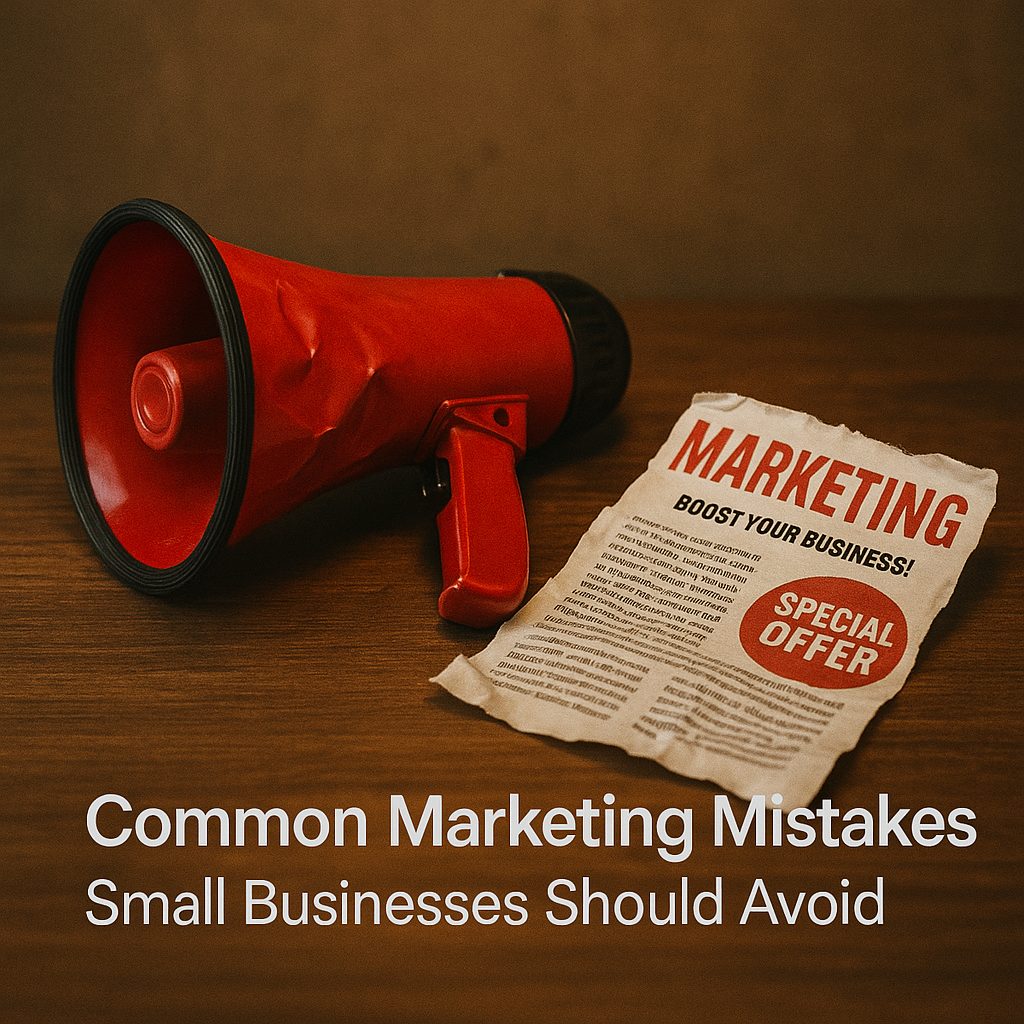Every entrepreneur dreams of expanding their Amazon business to new heights. Whether you manage a few products or a vast inventory, knowing when and how to scale can make all the difference between stagnation and explosive growth. This article offers actionable insights and a step-by-step guide to help you scale your Amazon store effectively, backed by strategies tested by successful sellers.
Understanding the Right Moment to Scale
Determining the optimal time to scale your Amazon business is crucial. Timing is everything, and recognizing the signs of readiness can help you avoid unnecessary risks. Begin by evaluating your current performance metrics. Are your sales consistently strong, and have you built a loyal customer base? If your operations are efficient and your product-market fit is proven, it may be the perfect time to expand.
Pay close attention to market trends. Are emerging trends within your niche creating new opportunities? This insight can guide you to adjust inventory levels or introduce complementary products. Insights from industry leaders, such as those featured in Forbes, highlight the importance of agility in rapidly changing markets.
Additionally, assess your operational capacity. If your team or infrastructure is stretched too thin, your customer service might suffer. Addressing these challenges early—whether through automation tools or additional hires—ensures that scaling your business doesn’t compromise quality.
Navigating the Step-by-Step Guide to Scaling Your Amazon Store
Expanding your Amazon store might seem daunting, but a clear, structured approach can simplify the journey. While every business is unique, these key steps can help you scale effectively:
1. Analyze Your Numbers
Start by diving into your metrics. Identify your best-selling products and assess their profitability. Monitor customer reviews, return rates, and satisfaction levels. This data foundation is essential for making informed decisions about growth.
2. Optimize Your Inventory
Efficient inventory management is critical. Once you’ve pinpointed your most profitable items, verify that your stock levels meet market demand. Automation tools for inventory replenishment can help avoid stockouts during peak sales. Managing your inventory efficiently ensures your operation can meet increased demand without delays or extra costs.
3. Enhance Your Marketing Strategy
Scaling means reaching a broader audience. Invest in targeted Amazon ad campaigns and leverage the power of social media to drive engagement. Optimizing your product pages for search engines (SEO) also boosts organic traffic and visibility.
4. Automate and Delegate
To prevent overwhelm, embrace technology and delegate tasks. Whether you automate order processing or outsource customer service, smart delegation is key to scalable operations. Reliable software and expert service providers can streamline your expansion while keeping costs under control.
Monitor your progress consistently and adjust your strategies based on performance metrics and market trends. Flexibility is essential to adapt to evolving consumer behaviors.
Effective Strategies for Scaling Your Amazon Business
As your business grows, implementing effective strategies is essential to maintain momentum and overcome increased complexity:
Invest in Analytics Tools: Leverage advanced analytics platforms to track sales, marketing performance, and customer behavior. These tools provide comprehensive reporting, helping you forecast trends, optimize campaigns, and refine product listings for sustained growth.
Expand Product Offerings: Stimulate growth by diversifying your product line. Introducing new, complementary products broadens your audience without diluting your brand identity. Cross-promote these new products with best sellers to boost both visibility and revenue.
Enhance Customer Engagement: Prioritize customer loyalty. Tactics like email marketing, loyalty programs, and personalized offers can significantly improve retention rates. Use customer data to tailor your engagement strategies to meet their needs and preferences.
Streamline Operations: Optimize your fulfillment process and logistics. Partnering with third-party logistics providers can improve shipping and warehousing efficiency. Automation of tasks—from order tracking to customer service—reduces manual workload and minimizes errors during high-traffic periods.
For ongoing ideas and support, many entrepreneurs turn to platforms offering trusted business growth strategies. These resources share real-world case studies and best practices for balancing expansion with operational efficiency.
Embracing a Growth Mindset and Long-Term Vision
Scaling your Amazon business is a journey that demands persistence, smart resource allocation, and a readiness to learn from both successes and setbacks. Adopting a growth mindset is essential during periods of uncertainty and rapid change.
Successful sellers continuously refine their approach, whether by updating product listings, exploring new marketing channels, or seeking mentorship from industry veterans. The goal remains consistent: providing an outstanding customer experience that fosters trust and loyalty.
A long-term vision is just as critical as day-to-day operations. Instead of chasing short-term gains, focus on sustainable improvements through technological advancements, strategic partnerships, and strong supplier relationships. These measures not only boost current sales but also lay a robust foundation for future growth.
Remain attentive to external trends—shifts in consumer behavior, economic changes, or updates in e-commerce policies can all affect your business. Staying informed and adaptable enables you to navigate challenges and seize new opportunities.
Every scaling decision should be supported by data and comprehensive analysis. If you’re uncertain about your next steps, connect with professional networks and forums where other Amazon sellers share their experiences and insights. These communities can provide valuable guidance to refine your expansion strategy.
In conclusion, successful scaling balances intuition and strategic planning. On Amazon, those who thrive are the ones ready to adapt and invest in smart growth strategies. With well-timed scaling, the right technology, and a commitment to customer excellence, your Amazon business can achieve remarkable success.
- Identify key performance metrics and market trends to determine the optimal time to scale your Amazon business.
- Follow a detailed, step-by-step guide to expand your inventory, marketing, and operational efficiency.
- Incorporate effective strategies such as advanced analytics, product diversification, and enhanced customer engagement.
- Adopt a growth mindset and long-term vision to continually refine and adapt your business strategy.









